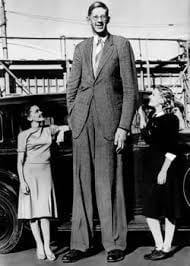Do you know what helps you see? Well, I’ll tell you. Cornea, iris, pupil, lens, retina – these are all parts of the human eye that work together to help you visual the things around you everyday. They are very important parts of the human body.
The first stage of sight happens when the reflected light that you see journeys through the window of your eye- a clear dome shaped layer made of clear tissue: the Cornea. The Cornea shields your pupil, while it focuses light as it passes through the crystal clear frontal part of your eye. The Colorful part of your eye is called the Iris- a round, light circle behind the cornea. The Iris is in control of how much light gets to pass through it. You could think of it as a guard letting people into the Queen’s palace.
Located in the middle of the Iris is a dark round opening that lets light into the eye. The Iris has muscles attached to it that make it bigger and smaller, which lets light into the eye to help create the image that you are trying to see. The pupil gets smaller when there is a lot of light and bigger when there is less.
The next stage to sight happens when light reaches the pupil and touches the lens; kind of like a camera lens. The lens focuses onto the back of the eye. The lens helps you see objects up close and far away. The lens helps the light focus onto the back of the eye.
The back of the eye is called the retina, which is made up of millions of light sensitive cords .Called rods and cones. About 120 million rods and 7 million cones are in each eye. Rods help see black, white and shades of grey to show you the shape and form of things. They also help you see in the dark , and cones help you see colour. Cones are sensitive to one of 3 specific colours: Red, Green or blue. Together they help you see millions of colours!
So in summary, eyes are a vital part of the human body, and we need them to do almost everything we do each day.


 2. Chandra was declared the shortest human adult ever documented and verified, measuring 54.64 cm height confirmed by Guiness world records.
2. Chandra was declared the shortest human adult ever documented and verified, measuring 54.64 cm height confirmed by Guiness world records.
